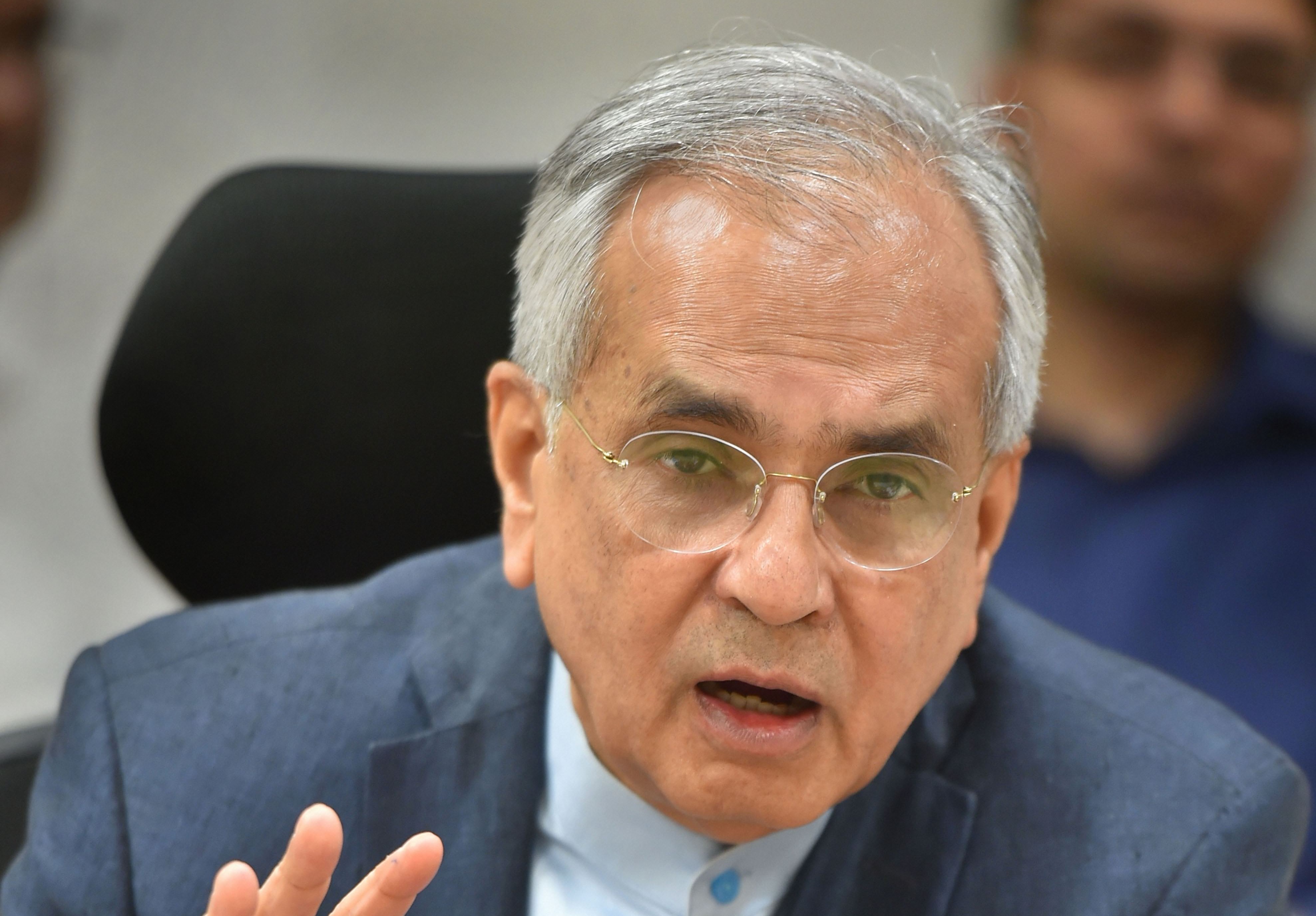
India on cusp of major economic recovery, says NITI Aayog's Rajiv Kumar
Talks of possible stagflation are "overhyped" as a strong foundation is being laid with with reforms, says the NITI Aayog Vice Chairman

India is on the cusp of a major economic recovery and talks of possible stagflation are “overhyped” as a strong economic foundation is being laid with the reforms carried out by the government over the last seven years, NITI Aayog Vice Chairman Rajiv Kumar said on Sunday.
Notwithstanding economic uncertainties triggered by the Russia-Ukraine war that is also impacting global supply chains, Kumar asserted, it is quite clear from all accounts that India will remain the fastest growing economy in the world.
“Given all the reforms that we have done in the last seven years, and given that we are seeing the end of the COVID pandemic hopefully, and the 7.8 per cent rate of growth that we will get this year (2022-23), a very strong foundation is now being laid for further rapid increase in economic growth in the coming years,” Kumar told PTI in an interview.
Asia’s third-largest economy is projected to grow 8.9 per cent in 2021-22, according to recent government data. The Reserve Bank of India (RBI) has pegged the economic growth rate for 2022-23 at 7.8 per cent.
“So, I think India is on the cusp of a major economic recovery and economic growth,” Kumar said even as he acknowledged that because of the Russia-Ukraine war, India’s GDP growth projection could be revised. “But even then, India will remain the fastest growing economy and all the other economic parameters are actually quite within the range,” he said.
Russia started its military offensive against Ukraine on February 24. Western nations, including the US, have imposed major economic and various other sanctions on Russia following the offensive.
Close watch on inflation
On rising inflation, Kumar said the RBI is keeping a close watch as per its mandate. “I am sure that the RBI is well in control of it (inflation) and will take the necessary steps if and when required,” he said.
Retail inflation hit an eight-month high of 6.07 per cent in February, remaining above the RBI’s comfort level for the second month in a row while wholesale price-based inflation soared to 13.11 per cent on account of hardening of crude oil and non-food item prices.
The RBI keeps a close watch on the CPI inflation while deciding on its bi-monthly monetary policy.
The RBI’s Monetary Policy Committee (MPC) has been given the mandate to maintain annual inflation at 4 per cent until March 31, 2026, with an upper tolerance of 6 per cent and a lower tolerance of 2 per cent.
Regarding concerns over possible risk of stagflation, Kumar said the Indian economy is projected to grow 7.8 per cent in the current fiscal and this is nowhere near the definition of stagflation. “I think this has been overhyped, because when you talk about stagflation, we talk about growth rates which are much below your rate of growth or potential output, which is not true at all for this time,” he emphasised.
Stagflation is defined as a situation where inflation as well as unemployment are high and demand also remains stagnant in the economy.
With Agency inputs

